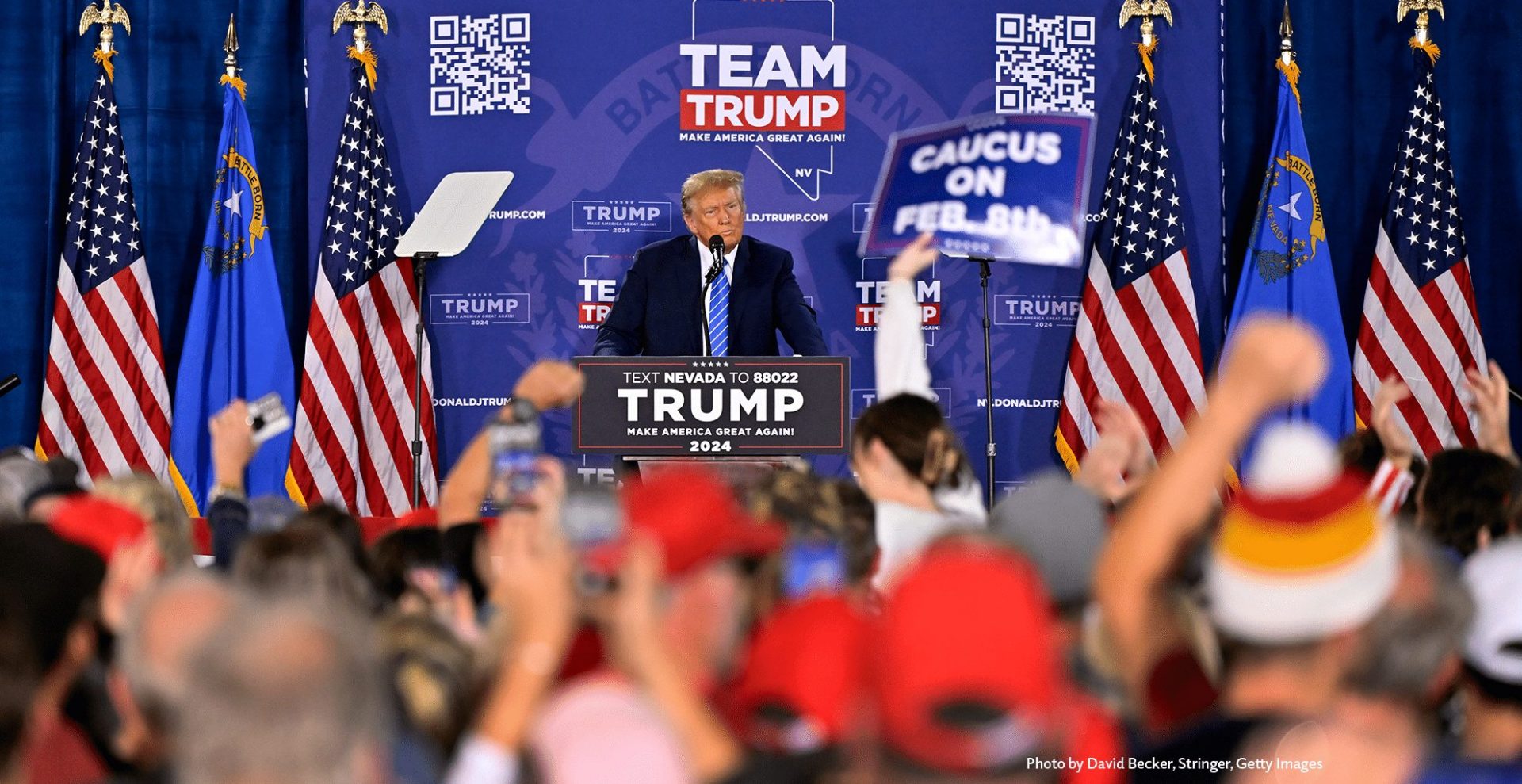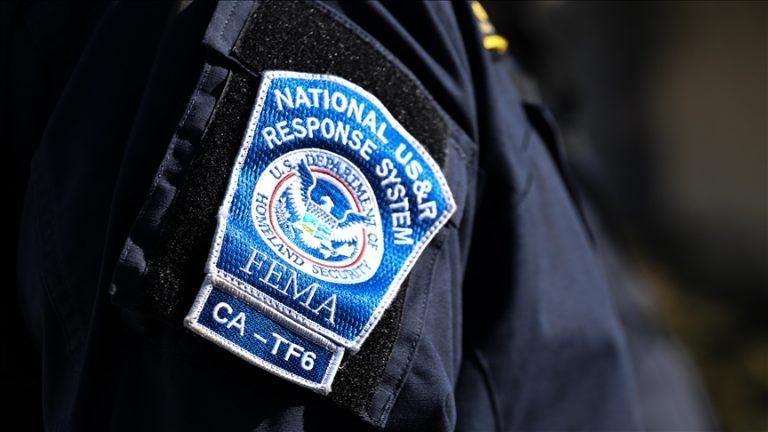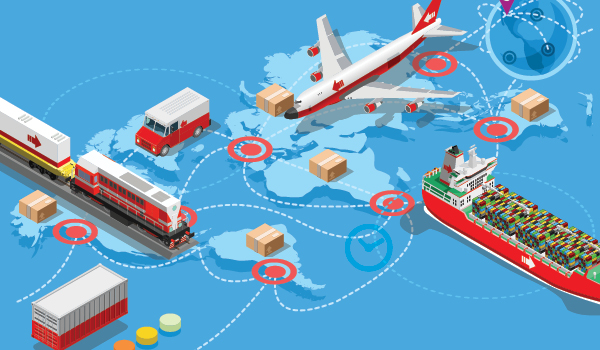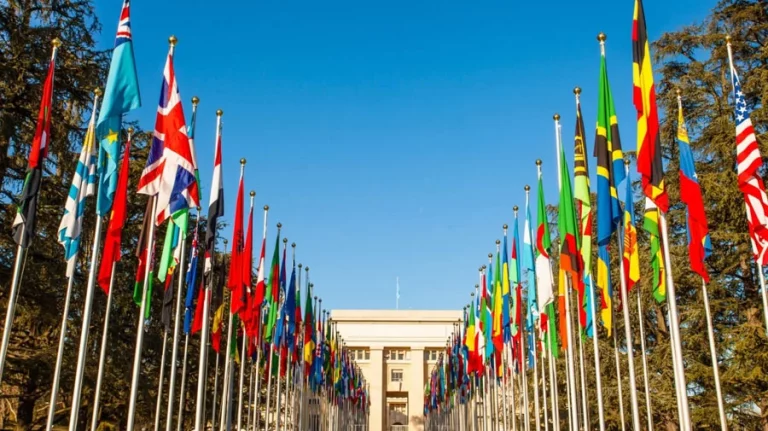
how national elections affect local communities
How National Elections Affect Local Communities
If you’re wondering how national elections affect local communities, the answer is: in many direct and indirect ways. National contests shape voter turnout, influence down-ballot races, change how federal money flows to cities and counties, affect local election administration, and shift the national policy agenda that ultimately filters down to neighborhoods. This guide explains the main channels of influence and offers practical steps local officials and residents can take to prepare and respond.
1. Turnout and the “coattail” effect — why national races move local outcomes
One of the clearest ways how national elections affect local communities is through turnout. Presidential and high-profile federal races draw many more voters to the polls than low-profile local contests. Higher turnout in a national election year can change the composition of the electorate and therefore the results of city council, school board, or state legislative races held the same day. Political scientists document coattail and spillover effects where top-of-ticket candidates influence down-ballot performance, and concurrent elections are commonly used to increase turnout for local races. These dynamics mean national political waves can reshape local governing bodies. (ScienceDirect)
2. Federal funding, grants, and budget timing
National election outcomes affect which party controls Congress and the White House — and that control shapes federal spending priorities. Changes in federal policy can alter grant opportunities, disaster relief, infrastructure funding, and formula grants that cities and states depend on. Importantly, the path from federal appropriations to municipal pocketbooks is not instant: federal election funding and other appropriations often take months or years to filter down, and some funds require state pass-through or project applications. That means while national elections set the agenda and priorities, the timing of when local governments actually receive funds can lag substantially. (Bipartisan Policy Center)
3. Election administration and resource needs
When national contests occur, local election offices shoulder the operational burden — running polling places, printing ballots, recruiting poll workers, and processing early and absentee ballots. High-turnout national elections often reveal underfunded election infrastructure (equipment, staffing, training). Federal support programs can help, but research shows that election offices frequently face chronic underfunding and that federal grants may take time to reach jurisdictions. That affects how smoothly voting runs in your community and can shape public trust in local institutions. (Institute for Responsive Government)
4. Disaster response, federal declarations, and political timing
Another channel for how national elections affect local communities is through emergency management and disaster declarations. Scholarship finds that the timing and generosity of federal disaster assistance can be politicized and may influence electoral outcomes — presidents sometimes increase disaster assistance in election years, and local communities can see quicker or larger federal engagement depending on the national political calendar. Because disaster response materially affects local recovery and budgets, these federal decisions have tangible local consequences. (PubMed)
5. Policy shifts and regulatory changes that trickle down
Control of the federal government determines major policy priorities — tax policy, health care, environmental rules, immigration enforcement, and economic policy. Those national policy shifts often require states and localities to adapt: implementing new programs, changing regulatory compliance, or managing new service demands (for example, changes to Medicaid, housing policy, or infrastructure funding). Local governments may need to rewrite regulations, seek new funding, or adjust service delivery based on the national policy environment. (Reuters)
6. Media attention, civic engagement, and local news coverage
National elections also shape the information environment. During presidential or midterm cycles, national headlines dominate news feeds, which can drown out local reporting. That can reduce public attention to local ballots and issues — or conversely, push local journalists to link local decisions to national debates. Pew Research shows Americans remain interested in local politics but often find it harder to access high-quality local coverage, which matters because informed voters are crucial to healthy local governance. (Pew Research Center)
7. Practical steps local communities can take
Knowing how national elections affect local communities helps leaders and residents act:
- Plan for staffing and funding spikes. Election offices should budget for higher turnout years and seek federal or state grants early. (MIT Election Lab)
- Communicate proactively. Local officials should run voter-education campaigns when national attention is high to help voters find local information and ballot details. (Pew Research Center)
- Coordinate disaster readiness across levels. Since federal disaster support can be politicized, strong state-local coordination and transparent preparation reduce local vulnerabilities. (PubMed)
- Support local journalism and civic information. Invest in channels that reliably inform residents about local races and policy impacts, especially during noisy national cycles. (Pew Research Center)
8. Why this matters for ordinary residents
Ultimately, understanding how national elections affect local communities matters because many day-to-day services — schools, policing, permitting, public works — are governed locally. National outcomes set the context (funding, law, and political energy) that either eases or complicates local leaders’ work. Voters who want to influence neighborhood life should pay attention to both national and local ballots and be proactive about finding local candidate information and engaging with municipal processes. (Nonprofit VOTE)
Conclusion
National elections are not only about who sits in Washington — they reshape turnout, influence who holds local office, affect the flow of federal funds, and determine policy directions that local governments must implement. By preparing election offices, supporting local information ecosystems, and understanding the timing of federal funding and policy changes, communities can reduce disruption and make the most of the resources and attention that national elections bring.
Follow TNN for US NEWS TODAY!






